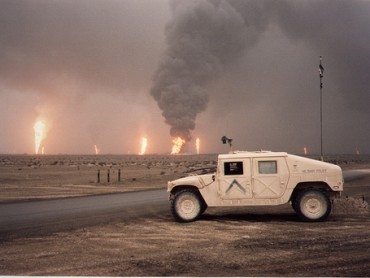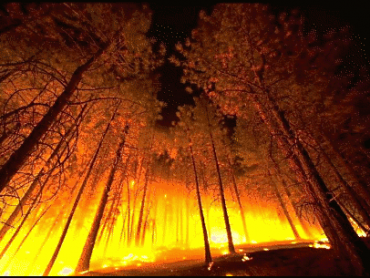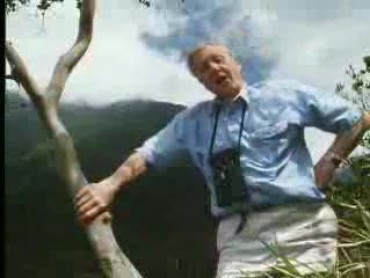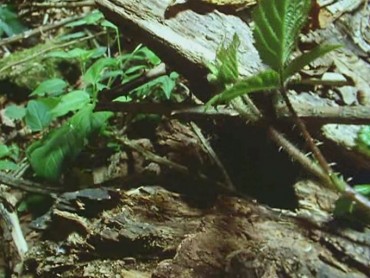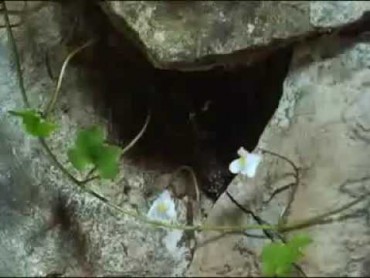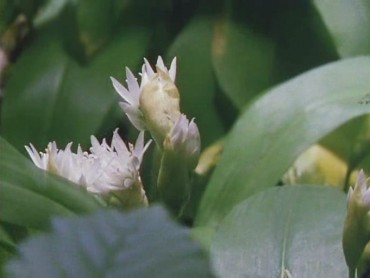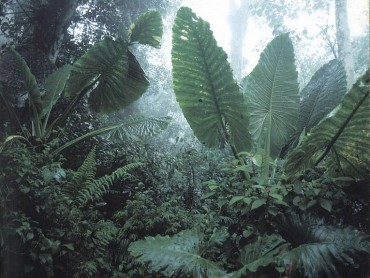The Kuwaiti oil fires were a result of the scorched earth policy of Iraqi military forces retreating from Kuwait in 1991 after conquering the country; but being driven out by Coalition military forces. (see Gulf War).The resulting fires burned out of control because of the dangers of sending in firefighting crews. Land mines had been placed in areas around the oil wells, and a military cleaning
Environment
Professor Iain Stewart continues his epic exploration of how the planet has shaped human history. Iain explores man's relationship with fire. He begins by embarking on an extraordinary encounter with this terrifying force of nature - a walk right through the heart of a raging fire. Fire has long been our main source of energy and Iain shows how this meant that the planet played a crucial role in B
A short documentary on the residents fighting Donald Trump's golf development on the Menie Estate in Aberdeenshire, Scotland. Directed and Presented by James Trosh.
As scientists try to forecast the future consequences of the big melt, internationally acclaimed photographer James Balog is risking everything to capture the phenomena on film.Geriausias jūrinis kolagenas su hialurono rūgštimi plaukams Melior
Broadcast 9 February 1995, the final episode deals with plants that live in hostile environments. Attenborough visits Ellesmere Island, north of the Arctic Circle, to demonstrate that even in a place that is unconducive to life, it can be found. Algae and lichens grow in or on rock, and during summer, when the ice melts, flowers are much more apparent. However, they must remain close to the ground
Broadcast 2 February 1995, the fifth programme explores the alliances formed between the animal and plant worlds. Attenborough dives into Australia’s Great Barrier Reef and contrasts the nocturnal feeding of coral, on microscopic creatures, with its daytime diet of algae. Some acacias are protected by ants, which will defend their refuge from any predator. Besides accommodation, the guards are rew
Broadcast 26 January 1995, this episode examines how plants either share environments harmoniously or compete for dominance within them. Attenborough highlights the 1987 hurricane and the devastation it caused. However, for some species, it was that opportunity for which they had lain dormant for many years. The space left by uprooted trees is soon filled by others who move relatively swiftly towa
Broadcast 19 January 1995, the next instalment is devoted to the ways in which plants reproduce. Pollen and a stigma are the two components needed for fertilisation. Most plants carry both these within their flowers and rely on animals to transport the pollen from one to the stigma of another. To do this, they attract their couriers with colour, scent and nectar. It isn’t just birds that help poll
Broadcast 12 January 1995, this programme is about how plants gain their sustenance. Sunlight is one of the essential requirements if a seed is to germinate, and Attenborough highlights the cheese plant as an example whose young shoots head for the nearest tree trunk and then climb to the top of the forest canopy, developing its leaves en route. Using sunshine, air, water and a few minerals, the l

